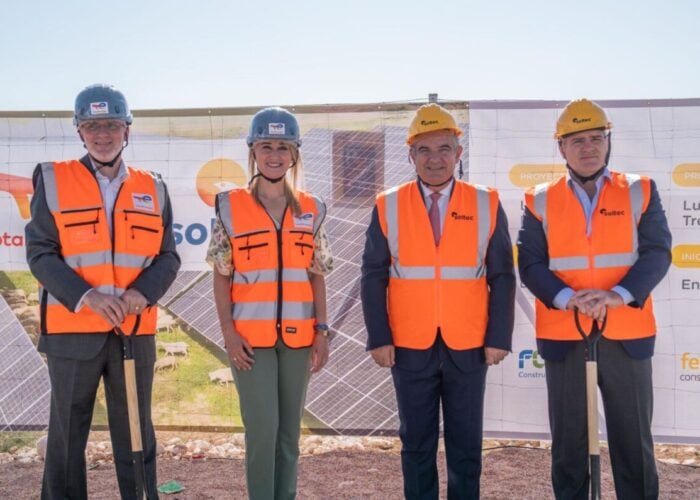They’re tough times indeed for SMA Solar, which yesterday slashed its 2014 earnings forecasts for the second time this year.
News that it was cutting its revenue guidance and increasing the number of staff it plans to lay off sent its share price tumbling by 17.9% at the last count.
Unlock unlimited access for 12 whole months of distinctive global analysis
Photovoltaics International is now included.
- Regular insight and analysis of the industry’s biggest developments
- In-depth interviews with the industry’s leading figures
- Unlimited digital access to the PV Tech Power journal catalogue
- Unlimited digital access to the Photovoltaics International journal catalogue
- Access to more than 1,000 technical papers
- Discounts on Solar Media’s portfolio of events, in-person and virtual
What is particularly worrying for SMA is that its decline now amounts to more than just one or two bad quarters.
According to analysis published at the start of last month by industry analyst firm, IHS, SMA’s revenue growth has lagged that of the solar inverter market by four out of the last five quarters. A worrying pattern is now becoming a clear trend for the German company.
As on previous occasions, SMA this week blamed the poor performance of key European markets, particularly its homeland, Germany, for its ongoing decline.
A further factor cited this time is a move by the UK government to extend the so-called grace period for the connection of large-scale solar projects in Great Britain until March 2016.
This is to give developers some leeway when the UK’s subsidy programme for large-scale PV changes in April 2015 from the renewable obligation certificate to so-called contracts for difference. Although this measure was only announced two weeks ago, and as such is only to allow for projects that are experiencing genuine grid connection issues come March 31 next year, SMA said it would impact on its earnings for 2014 as developers delay projects until the later date.
But to give SMA the benefit of the doubt, Europe is indeed becoming a less and less happy hunting ground for the company.
According to IHS Europe’s solar inverter market has shrunk from US$5.5 billion in 2010 to US$1.9 billion this year – that’s around a 75% decline.
This has coincided with an increasing amount of pressure from competitors around the world. And at the same time, beyond a few notable examples there has been relatively little in the way of M&A activity in the inverter space, or for that matter companies going to the wall entirely.
As IHS’ Sam Wilkinson said of SMA's predicament in Europe: “None of the big companies have really gone in that time [2010-2014], none of the big players have left. You’ve got a very similar number of companies competing over an opportunity that’s roughly 25-30% the size it was four years ago. And that naturally creates a very competitive situation.”
Wilkinson added that the situation has been magnified because these same companies are looking to internationalise and go after opportunities abroad. “But they’re finding an increasingly competitive situation in those emerging markets as well,” Wilkinson said.
In SMA’s case, Wilkinson said its internationalisation strategy had seen some success in Japan and in the US, where it has particularly flourished in the utility-scale segment.
But the increasingly cut-throat nature of that market is making it less of a dead cert for SMA now, while other strategies it is pursuing, such as energy storage, hybrid solutions tailored to off-grid markets and a beefed up operations & maintenance offer, have yet to bear fruit. Even its play in China, through the acquisition last year of Zeversolar, looks increasingly shaky, with SMA's forecast statement yesterday including a proposal to “restructure” its Chinese subsidiary.
All of which adds to a number of headaches for SMA.
“SMA’s position as a premium brand in what’s becoming a highly competitive market that’s moving towards commoditisation is clearly threatened,” said Wilkinson.







